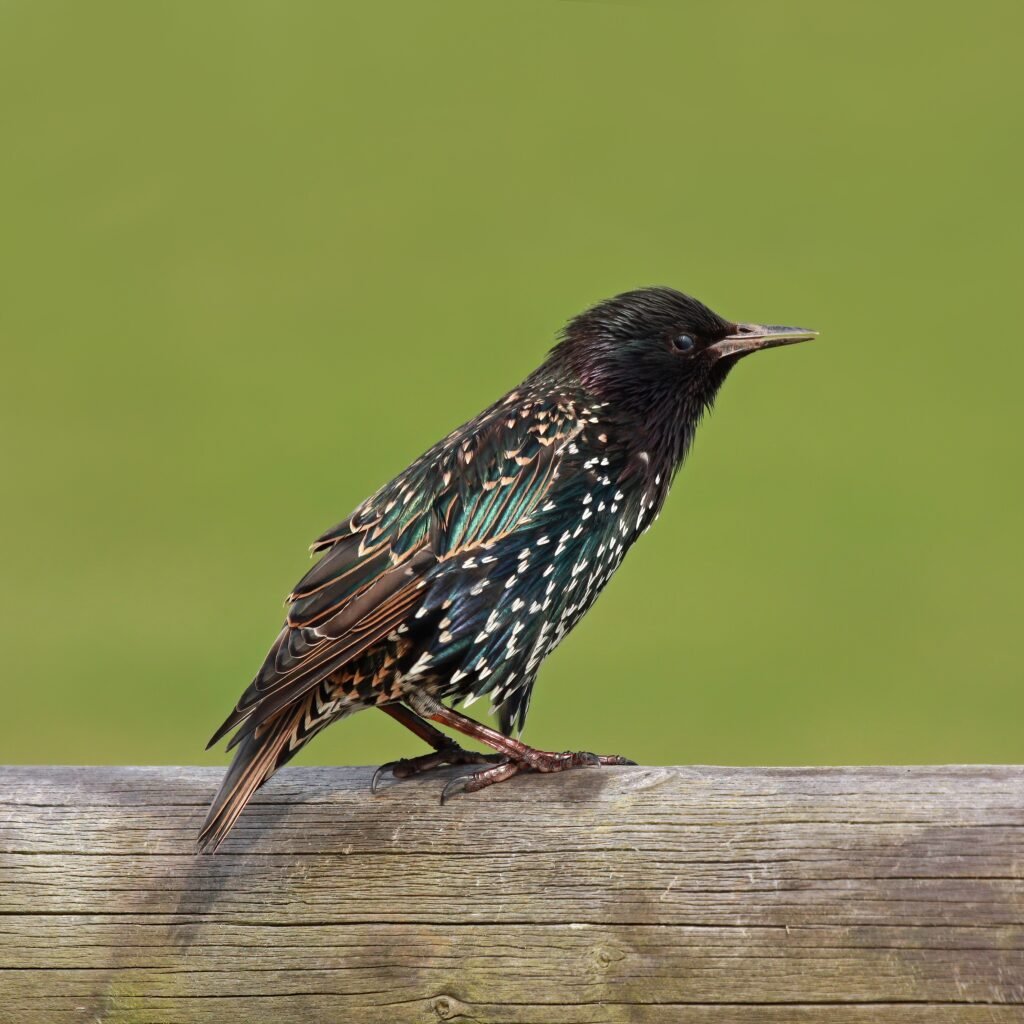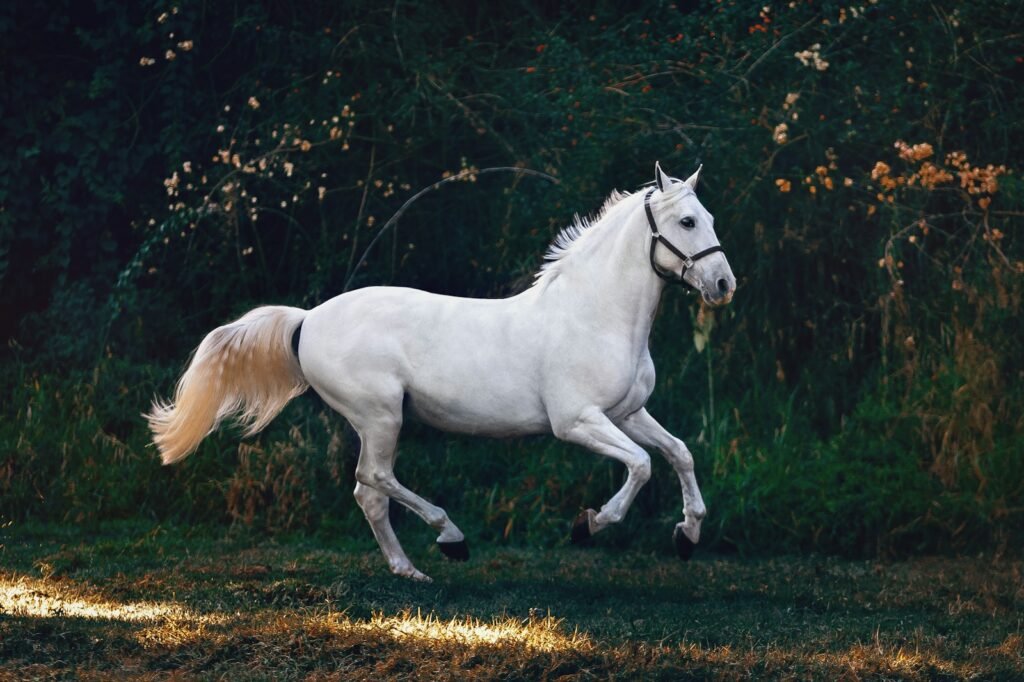Ever wonder if the zodiac holds clues to understanding nature’s most persistent wanderers? While astrology typically focuses on human behavior, there’s something fascinating about how certain invasive species exhibit traits that perfectly mirror Gemini’s restless, adaptable nature. These creatures don’t just survive in new environments – they thrive with an almost twin-like duality that would make any Gemini proud.
The European Starling: Master of Vocal Mimicry and Social Chaos
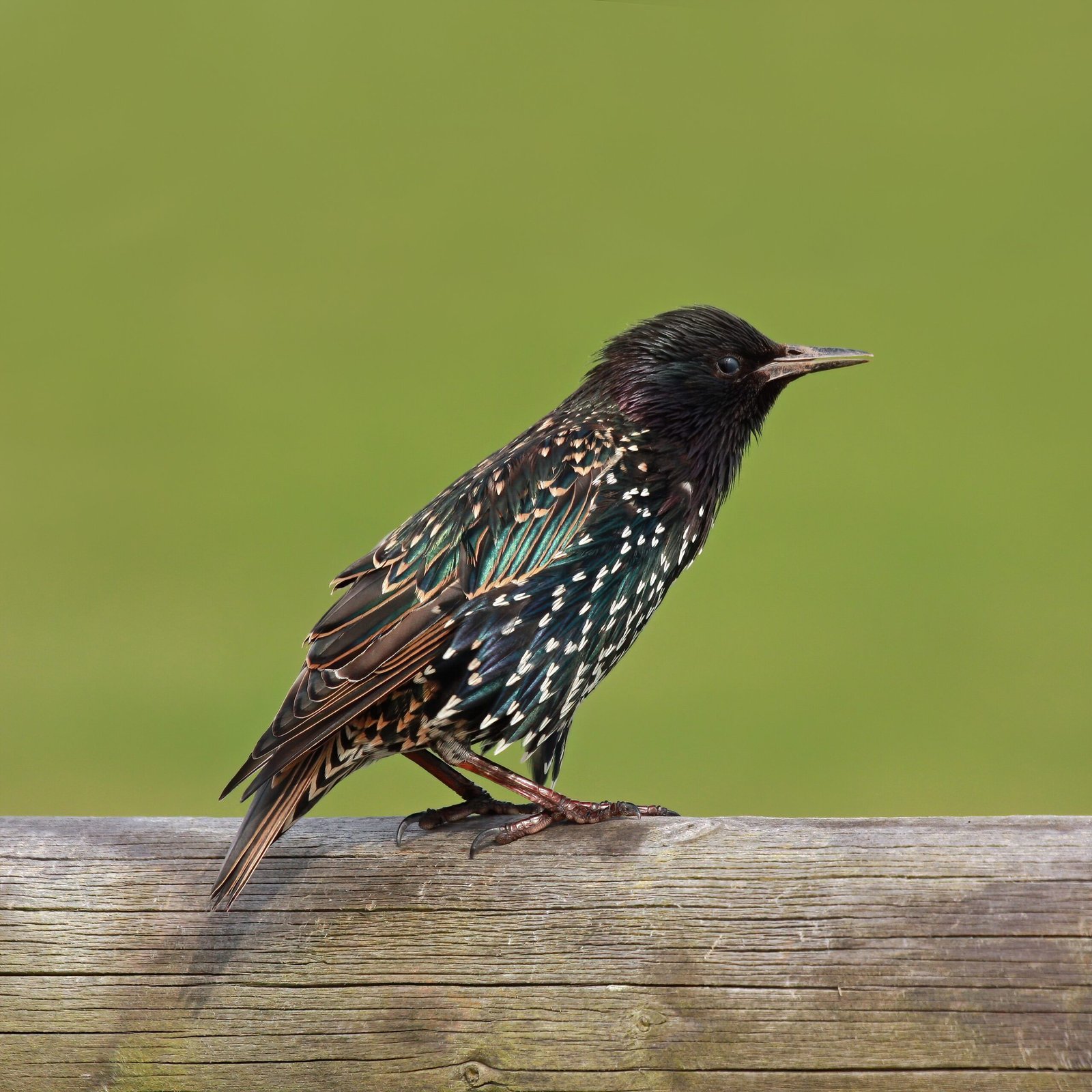
The European starling arrived in North America during the late 19th century with a story as dramatic as any Gemini tale. These birds showcase remarkable adaptability and have outcompeted native songbirds by monopolizing food and nesting sites. Their striking appearance masks their disruptive nature, creating decline in native bird populations and affecting ecosystem balance.
What makes starlings particularly Gemini-like is their incredible vocal versatility. The common myna, a similar invasive bird species, is known for its ability to mimic other sounds, which made it a popular pet in many parts of the globe. Like Geminis who adapt their communication style to any situation, starlings can learn and reproduce dozens of different bird calls, human speech, and even mechanical sounds.
The Cane Toad: Dual Nature of Protection and Poison
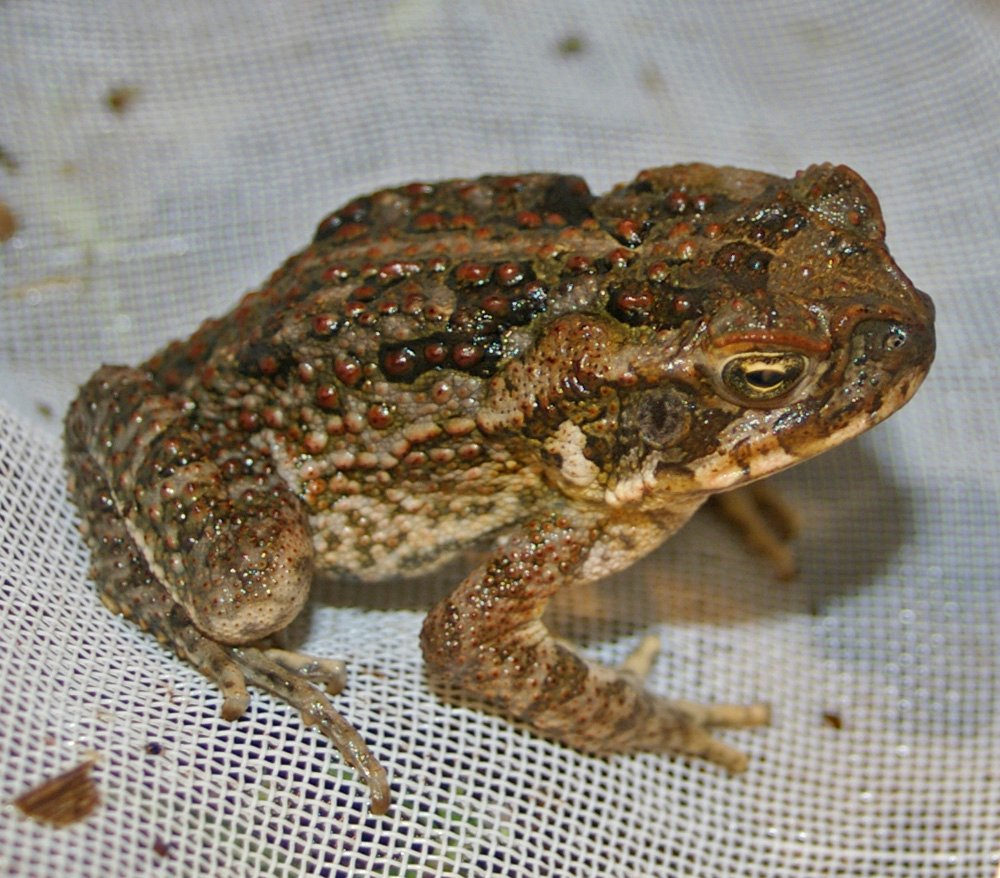
Cane toads were brought over as a way to control crop pests and have an amazing defense mechanism – they produce toxic ooze. While predators in their native habitat are immune to this toxic ooze, predators in other areas are not, causing many animals that attempt to eat a cane toad to die instead. This dual nature perfectly reflects Gemini’s ability to present different faces to different people.
Originally found in Central and South America, these toads were brought to control sugarcane pests in Florida during the early 1930s. Their big appetite and lack of predators caused them to multiply quickly, becoming fast breeders and extreme omnivores that strikingly reduce local biodiversity by out-competing native fauna. Their toxic secretion affects entire food chains, demonstrating the far-reaching impact of their restless expansion.
The Zebra Mussel: Rapid Reproduction and Relentless Spread

Originally from Eastern Europe, these tiny trespassers were picked up in ballast water of ocean-going ships and brought to the Great Lakes in the 1980s. They spread dramatically, outcompeting native species for food and habitat, and by 1990 had infested all of the Great Lakes. Their journey mirrors Gemini’s love of travel and exploration, except with devastating consequences.
Their reproductive prowess is staggering – a single female zebra mussel can produce up to one million eggs per year, with 100,000 reaching adulthood. The offspring of a single mussel will produce a total of half a billion adult offspring, with an estimated 10 trillion zebra and quagga mussels in the Great Lakes today. This explosive growth pattern reflects the Gemini trait of doing everything at lightning speed.
The Asian Carp: Jumping Into New Territories
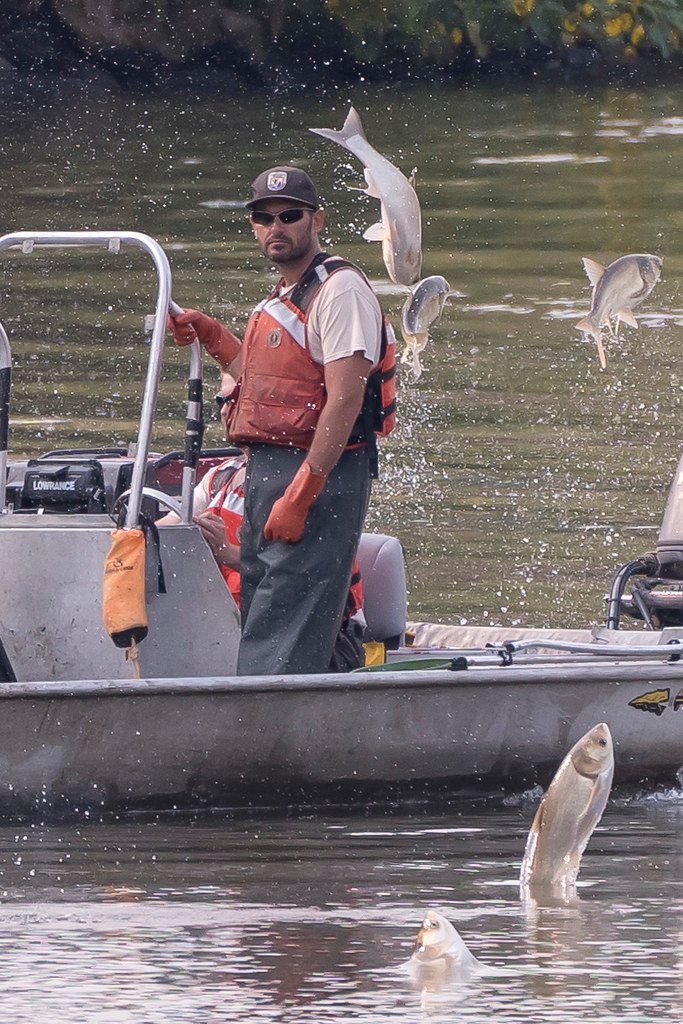
Invasive carp are fast-growing, aggressive, and adaptable fish that are outcompeting native fish species for food and habitat in much of the mid-section of the United States. The huge, hard-headed silver carp also pose a threat to boaters, as the fish can leap out of the water when startled by boat engines, often colliding with people and causing injuries.
Their theatrical leaping behavior when disturbed by boat motors seems almost performative – like Geminis who love being the center of attention. These man-made channels act like super-highways and are also a pathway for invasive carp, which are currently spreading towards the Great Lakes. Their ability to use human-made waterways as transportation corridors demonstrates the same adaptability that allows Geminis to thrive in any social situation.
The Norway Rat: Urban Intelligence and Everywhere Presence
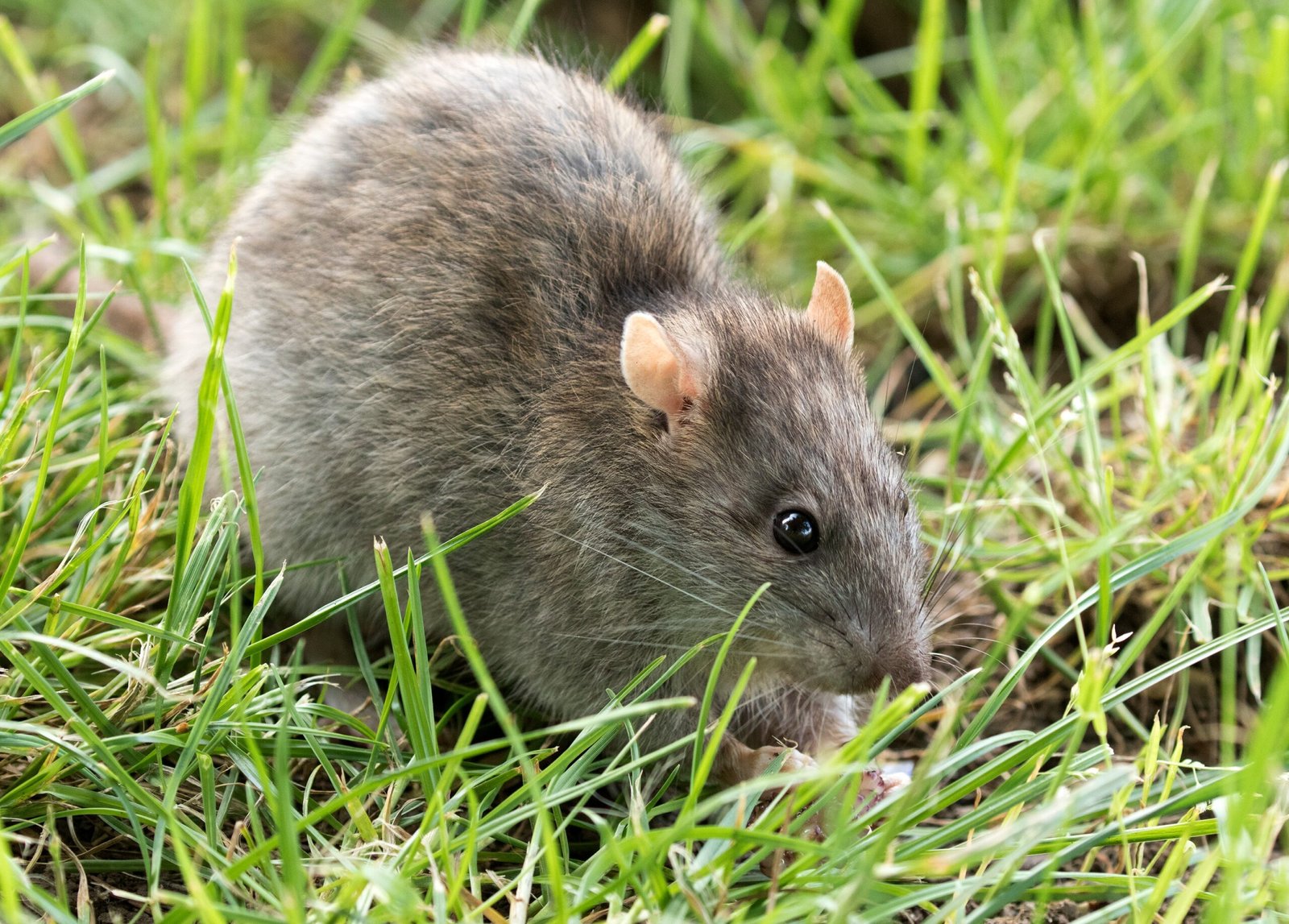
The Norway rat is a remarkably adaptable species often found in urban environments worldwide. Their burrowing habits cause structural damage, and they are known to spread diseases to humans and wildlife. Like Geminis who seem to know everyone and be everywhere at once, these rats have colonized nearly every corner of human civilization.
These rodents are notorious for their adaptability and the ease with which they invade new territories, often decimating local bird and reptile populations through predation. Their intelligence rivals that of many higher mammals, and they exhibit problem-solving abilities that would impress any Mercury-ruled Gemini. They’re quick learners who can navigate complex urban environments with the same ease that Geminis navigate social networks.
The Behavioral Science Behind Invasive Adaptability
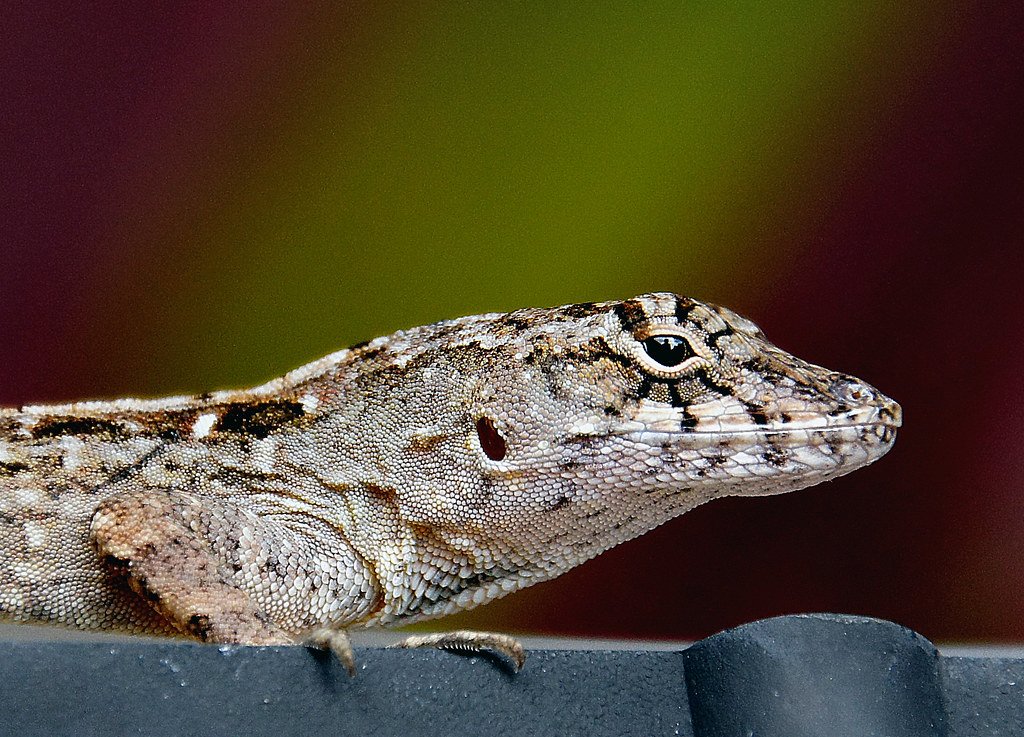
Behavioral traits linked to dispersal were expected to have changed more often in invasive species, as dispersal and spread are part of the invasion process. For example, cane toads were found to move faster and follow straighter paths following selection in their new environment. This behavioral modification mirrors how Geminis constantly adapt their approach based on their environment.
While changes to abiotic conditions usually develop over long time periods, a species introduced to new environments will experience different abiotic conditions immediately. Differences in the speed of behavioral change between invasive and native species might explain some population dynamics in invaded systems. The ability to rapidly adjust behavior is perhaps the most Gemini-like trait these species possess.
The Mercury Connection: Communication and Movement

This star communicator is ruled by Mercury, the planet that governs communication. Virgo uses words for precision, whereas Gemini uses words to create magic and enchantment. They delight all who they come across and use their charm to extract information. Invasive species similarly use their adaptability to “extract” resources from new environments.
Developing an understanding of the proximate and ultimate causes for this behaviour addresses fundamental ecological questions and has relevance to the spread of emerging zoonotic diseases, the proliferation of invasive species, aeronautical safety, and conservation of migrants. The parallels between migration patterns and Gemini’s restless energy become clear when we examine the underlying drive for movement and change.
Conclusion: Nature’s Restless Twins

These invasive animals embody Gemini’s most defining characteristics – adaptability, restlessness, dual nature, and an almost supernatural ability to thrive in any environment. From the starling’s vocal mimicry to the zebra mussel’s explosive reproduction, each species demonstrates how restless energy can reshape entire ecosystems.
The connection isn’t just metaphorical. Geminis are sociable, communicative and ready for fun, with a tendency to suddenly get serious, thoughtful and restless. They are fascinated with the world itself, extremely curious, with a constant feeling that there is not enough time to experience everything they want to see. These invasive species share that same insatiable hunger for new experiences and territories.
Perhaps understanding this astrological parallel could help us better predict and manage invasive species. After all, if we can understand Gemini’s dual nature and restless spirit in humans, maybe we can anticipate how these creatures will behave in their next conquest. What other zodiac traits might we find lurking in nature’s most persistent wanderers?

